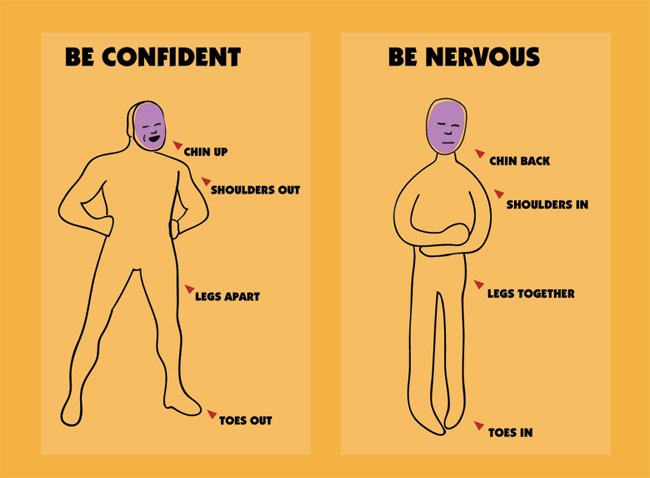
People have worn masks for at least 5,000 years. Our ancestors used masks for many reasons—to induce trance states, to heal the spirit, to transform the soul. More recently, actors from many cultures have used masks to enhance the drama (or comedy) of their stories or characters, as well as to hide their own true identities.
In this activity, you’ll wear a mask to explore some of the ways that your body can communicate emotion to others.
What you need:
At least one mask (but try to gather several and compare)
A comfortable place to act, move, and play
A mirror, or one or more friends
What to do:
Before putting on your mask, take a moment to notice its character. Does it suggest a particular emotion or feeling, such as happiness or sadness? Does it seem to be laughing or crying? Is it friendly, ominous, suspicious? Think about the movements and positions that might go with such emotions.
Now put the mask on. Take a few deep breaths to relax. If you have a friend, ask them to watch you as you move as described below, and to tell you what emotions your movements suggest. If you are alone, do these exercises in front of a mirror, and pay attention to the feelings suggested by your movements.
- Experiment with shifting your chest in and out, and moving your hips from side to side and back and forth.
- Point your toes together. Put your hands on your hips and stick your chin out.
- To look nervous, try collapsing your shoulders, pointing your toes together and your chin down, and twiddling your thumbs.
- To look confident, put your shoulders back and your hands on your hips, point your chin up, and place your feet apart.
- Notice that even simple adjustments to your position can convey strong feelings. By wearing a mask and moving your body in these exaggerated ways, you can create all sorts of “characters.” Can you create a happy character? A sad or angry character? A younger or older character?
Why does covering your face make it easier to move in new and unusual ways?
Do we perceive changes in the central parts of our bodies (torso and hips) as emotionally stronger than gestures with the hands, arms, legs, and feet? Why do you think this is?
The Mind team thanks William Hall, Janaki Ranpura, Tim Guigni, and Christina Shonkwiler for their contributions to this activity. If you enjoyed it, you can find out more by exploring physical theater, commedia dell’arte, Noh Theater, and theater improvisation.




